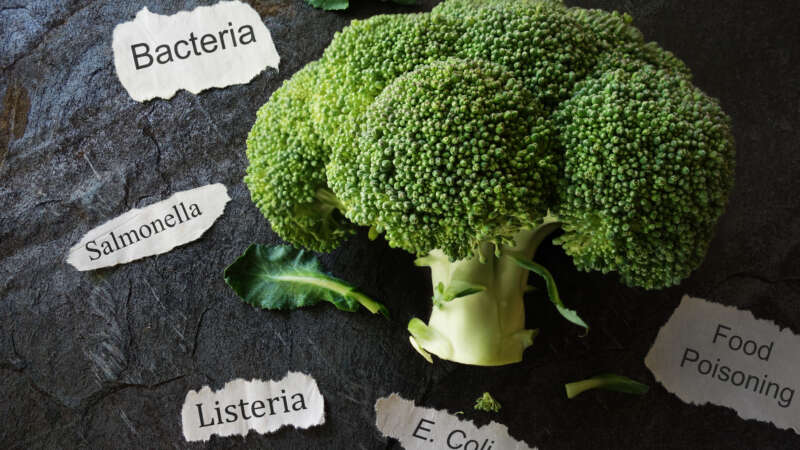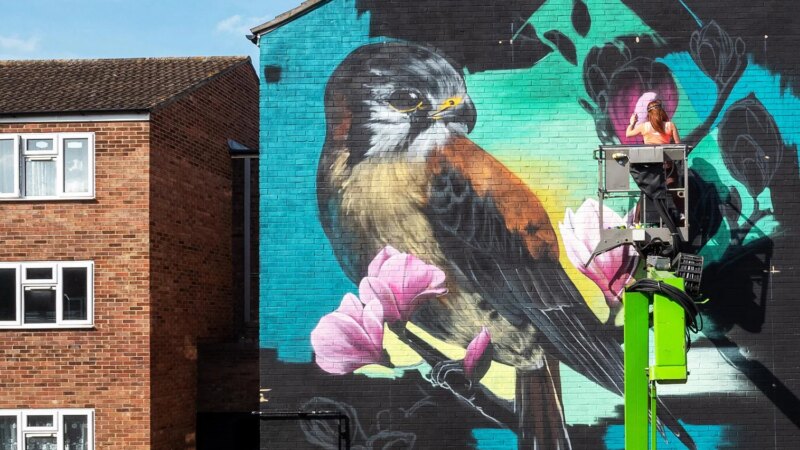Culture
Dr. Darin Detwiler: Shaping the Future of Food Safety
Dr. Darin Detwiler, LP.D., M.A.Ed., is an influential figure in the realm of food policy and technology, currently serving as the Assistant Dean of Academic and Faculty Affairs at Northeastern University’s College of Professional Studies in Boston, MA. In addition to his administrative role, Dr. Detwiler is an Assistant Teaching Professor of Food Policy and leads the MS in Regulatory Affairs of Food and Food Industry program.
With over 25 years of experience influencing federal food policy, Dr. Detwiler is a globally recognized expert in the field with his contributions extending beyond the academic sphere, as he actively engages with industry events and publications.
Reduce Your Risk of Foodborne Illness
Here’s what you need to know about foodborne illnesses in just a few bites.
Beyond Salmonella: Emerging Foodborne Threats
Walkerton, a serene town in Bruce County, Ontario, with a population of under 5,000, embodies tranquil rural charm, where close-knit communities thrive amid picturesque landscapes. Here on May 15, 2000, the local public utilities commission took a routine sample of the water supply and discovered E. coli contamination. The commission didn’t notify public health officials.
In the following days, several people fell ill with bloody diarrhea. The local public utilities commission reassured officials a couple of times that the water supply was safe, even though cases kept rising. By the time health officials finally warned the community against consuming untreated tap water, over 40 individuals had already sought medical attention at the hospital.
The Walkerton E. coli outbreak that saw 2,300 people fall ill, and seven die, was the worst public health disaster involving municipal water in Canadian history.
Foodborne Diseases 101
Many people are affected by food illness every year. Farmers, governments, food-related professionals, and consumers are all responsible for food safety and cleanliness.
Check out this video by National Geographic that explains how foodborne diseases are spread as well as the devastation they cause.
Faunagraphic’s Art Soars Beyond the Canvas
Faunagraphic, also known as Sarah Yates, is a powerhouse of creative and environmental expression, turning concrete (and regular) canvases into breathtaking murals and paintings that celebrate the birds of our planet.
Hailing from Lancashire, England, she began her career in spray painting at the age of 19 while pursuing her degree in Graphic Design.
Dr. Cali Crampton: Protector of our Feathered Friends
Armed with a Ph.D. in Ecology, Evolution, and Conservation Biology from the University of Nevada at Reno, Dr. Lisa “Cali” Crampton is no stranger to the intricacies of avian ecosystems.
Her doctoral research explored the ecology and conservation of Silky-flycatchers (Phainopepla nitens), shedding light on the plight of these threatened passerines in southern Nevada. Not content with theoretical contributions, she led a dynamic team in designing an adaptive management plan as part of the regional Habitat Conservation Plan, a planning document that is recognized by the U.S. Fish and Wildlife Service as part of the enforcement of the Endangered Species Act, ensuring the preservation of threatened desert woodlands crucial to the survival of Phainopeplas and other sensitive species in Nevada.
Laolu Senbanjo: Tradition and Modernity in Visual Harmony
Laolu Senbanjo, also known as ‘Laolu NYC,’ seamlessly weaves tradition and modernity to create a visual language that transcends cultural boundaries. As a cultural ambassador, he bridges the gap between the ancestral and the contemporary, drawing inspiration from Yoruba tradition and coining two distinct art styles: Afromysterics and the Sacred Art of The Ori.
Dr. Salim Abdulla: The Heart and Soul of Malaria Research
Dr. Salim Abdulla is a distinguished clinical epidemiologist whose remarkable career has significantly impacted the global fight against malaria and emerging pathogens. With over 20 years of experience in conducting clinical trials and groundbreaking research, he has played a pivotal role in shaping national malaria policies and leading innovations in healthcare.
Throughout his career, Dr. Abdulla has focused on evaluating and introducing critical interventions in the fight against malaria. He conducted extensive research on insecticide-treated bednets (ITNs) and artemisinin-based combination therapies, leading to important advancements in national malaria policy formulation. Notably, he is currently engaged in the evaluation of new malaria vaccines and treatments, with the goal of achieving regulatory licensure.
Greg Dunn: Illuminating the Mind’s Artistry
Greg Dunn is a remarkable artist whose creative journey seamlessly illuminates the profound beauty of the brain and nervous system.
From his earliest artistic experiments, Dunn, who also holds a PhD in Neuroscience, found that neural forms possessed an innate connection with the aesthetic principles found in minimalist Chinese and Japanese sumi-e scroll and gold leaf painting. This revelation began guiding him toward a unique artistic path.
Patrick Corrigan: Empowering the Voice of Mental Health
rick Corrigan, a Distinguished Professor of Psychology at the Illinois Institute of Technology, has earned numerous accolades and is renowned for his tireless commitment to reshaping our understanding of mental health and disabilities.
In 2022, Corrigan was honored with the prestigious APA Senior Career Award for Distinguished Contributions to Psychology in the Public Interest, a testament to his lifelong devotion to this cause.









